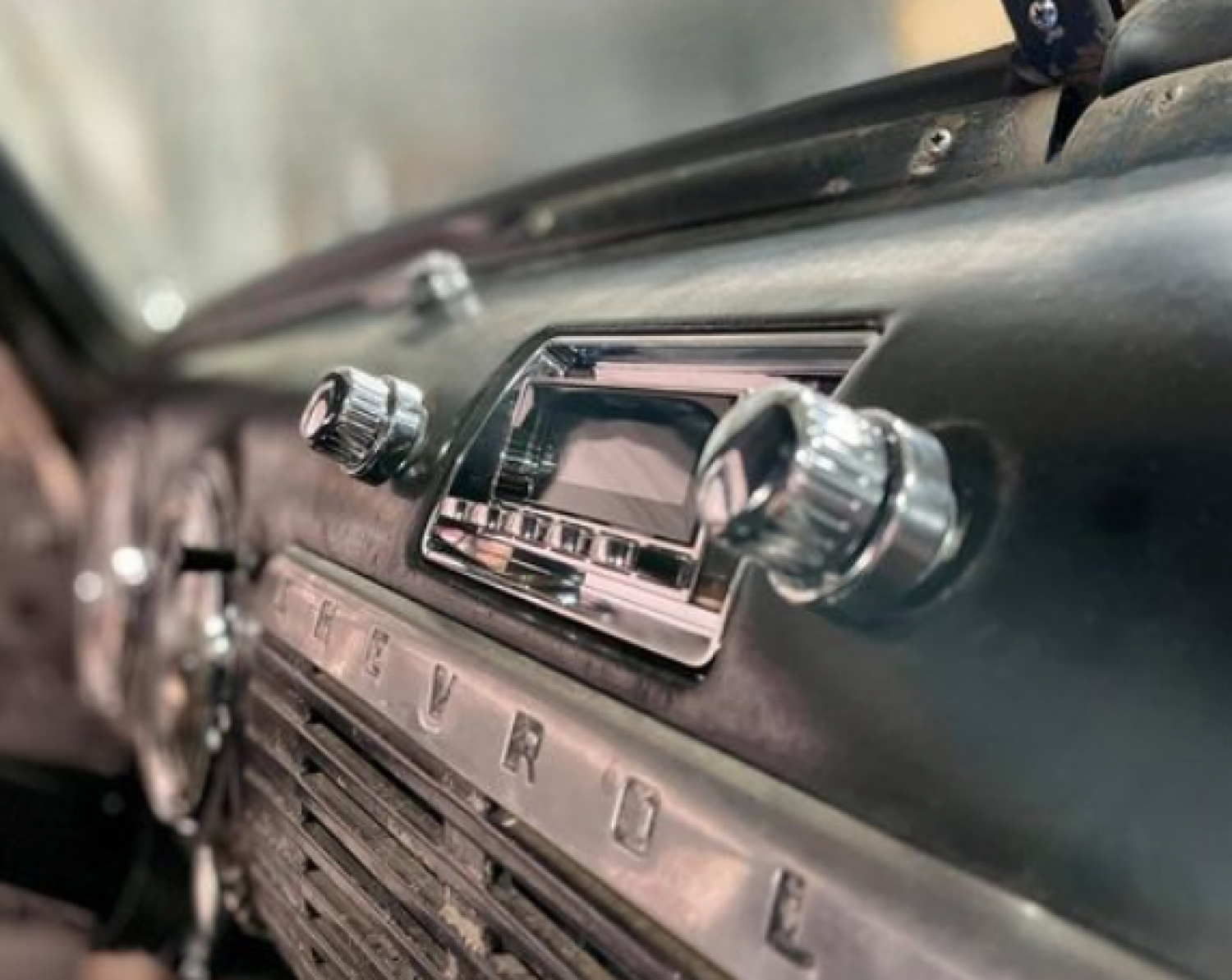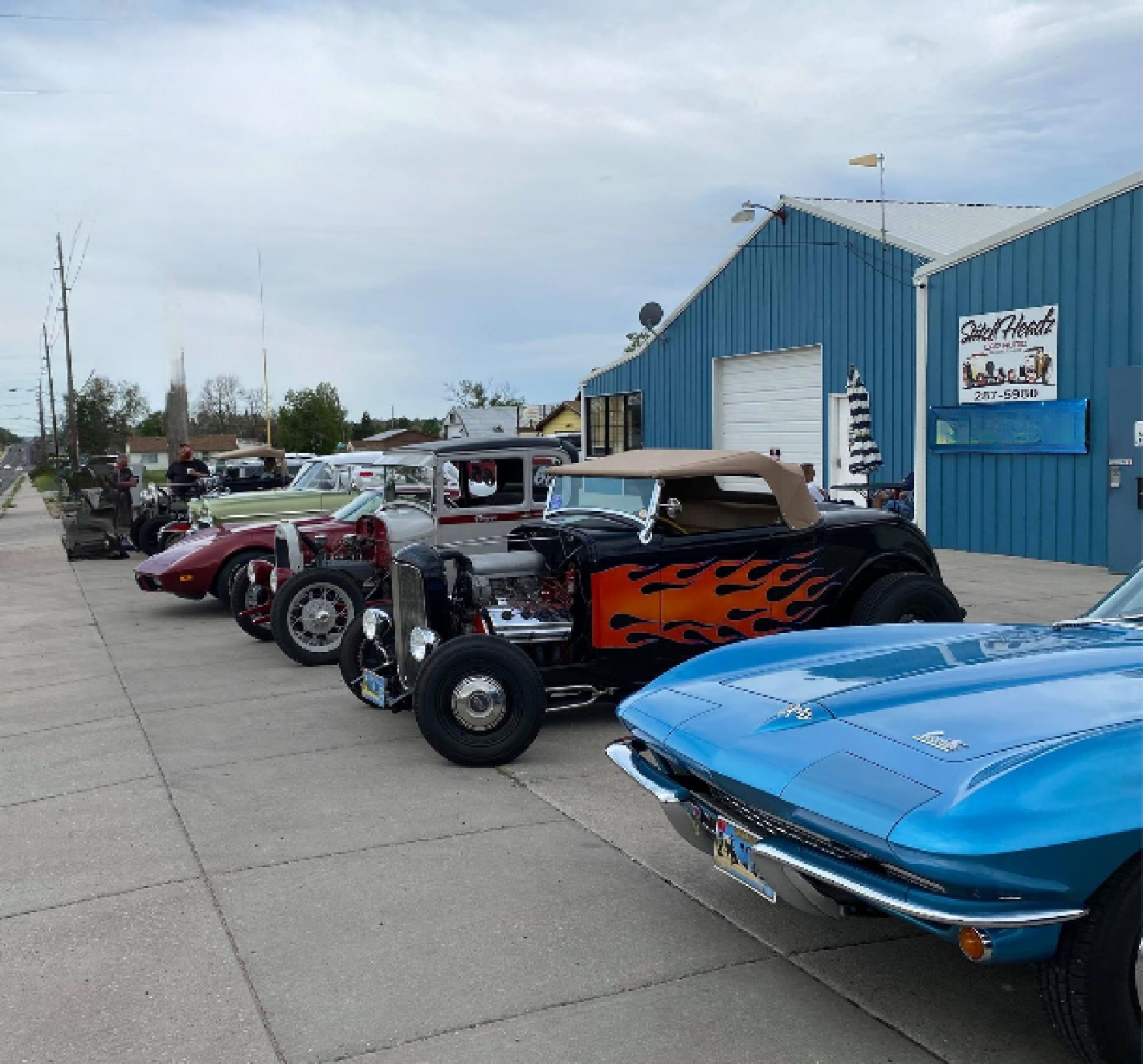
New Module

Team up with our car audio installers in Cheyenne, WY
Whether you're driving to the grocery store or taking a cross-country trip, jamming to your car's stereo can make your drive more fun. You can make the most out of your time in the car by getting a high-quality car audio system. The team at Stitch Headz Car Audio can update your car's stereo, speakers and subwoofers. We sell and install top-notch products to enhance your vehicle's audio.
Enjoy Premier Audio on Your Next Trip
Cars aren't the only vehicles we can work on. We also install audio systems in trucks, motorcycles, RVs, ATVs, UTVs, golf carts and boats. Visit our store in Cheyenne, WY to see what kinds of stereo systems we have to offer.
Our Services
Learn more about the services we offer today!

Add Safety and Comfort Features to Your Car
Rely on us for remote starter or dash camera installation services
Why Choose Us?
We're passionate about music, stereos and automobiles. and we believe that everyone deserves to experience it in the best possible way. That's why we're here: to help you find the perfect stereo system for your needs and budget.
But we're more than just a stereo shop. We're trained expert 12 volt Technicians, We host events in our shop and we love giving back to the community by helping to sponsor car events.
Here are some of the things that make us special:
1
We have a knowledgeable and friendly staff who are always happy to help.
2
We constantly strive to maintain current knowledge on how to integrate great audio into today's complex vehicles.
3
We offer a wide range of high-quality stereo equipment from top brands.
4
We're passionate about stereos and we love to share that passion with our customers.
What can we install in your vehicle?
There's not much our installers can't do.
We can enhance the sound in your ride by installing:
- Stereos
- Speakers
- Subwoofers
- Head units
- Amplifiers
- Satellite radio
Take a look at the incredible brands we work with
Since 2007, our car audio installers have been working on vehicles in the Cheyenne, WY area. You'll be glad you chose us to update your car's audio system because we'll go above and beyond to find the right system for your vehicle. Plus, we carry tons of products from reputable brands, like:
JL Audio | Hertz Audio | Ground Zero Audio | KICKER | Rockford Fosgate | Audio Dynamics | Dynamat | AudioControl | Sony | KENWOOD | Compustar
In addition to installing these stellar products, we can also troubleshoot and fix issues with your current audio system. Set up audio installation or repair services today. Make sure to ask about our discount for military members and veterans.
